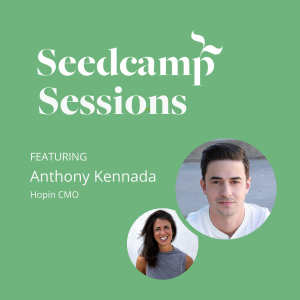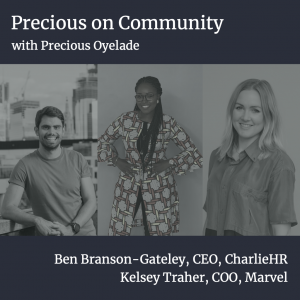At Seedcamp, we are lucky to meet hundreds of founders a year who are solving some of the world’s most challenging problems. For many of these individuals, it is their first time raising capital for their startup and, often, we see the same cap table-related mistakes being made early on. These can equate to huge costs down the line as the startup grows. In an effort to help founders avoid making these mistakes early on, our associate Felix Martinez walks you through how to build a cap table throughout our last video of our series on Cap Tables.
In previous episodes of the series, Felix and Carlos covered the basics when modelling your cap table for an angel round, as well as your first VC-led equity round. They covered everything from pro-rata rights, different share types, voting rights, as well as how to build option pool expansions. For this last episode of Felix on Startup Cap Tables, Felix and Carlos walk us through a seed round raised via convertible note (also applicable to all other variable price structures like ASAs/SAFEs). You can follow along with them via the GSheet Cap Table Model linked in the show notes. In this episode, they cover:
1. Main differences between the three variable priced structures (SAFEs/Convertibles/ASAs)
2. Example of a conversion event for a convertible note
3. Stacked convertible notes and when they become toxic
4. Example of secondary transactions
5. Review option pools (and the implications when it’s a convertible note)
6. Difference between pre and post money valuation caps on variable priced structures
As always, leave comments below if you have questions, and be sure to email felixmartinez@seedcamp.com if you have any questions. To access the full Felix on Startup Cap Tables Series, click here.









